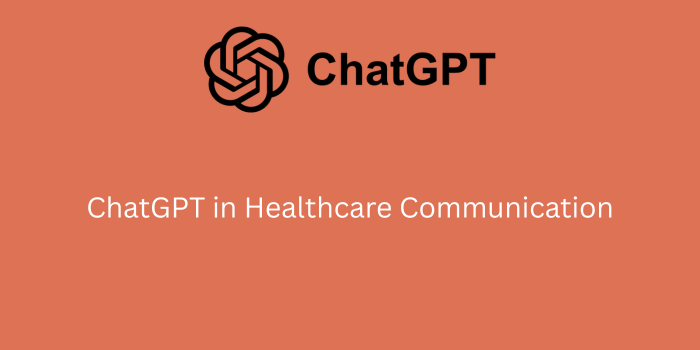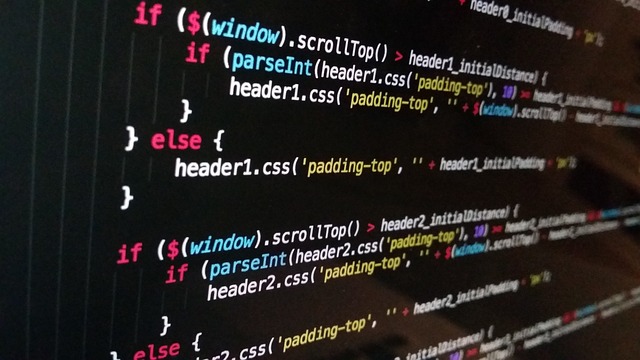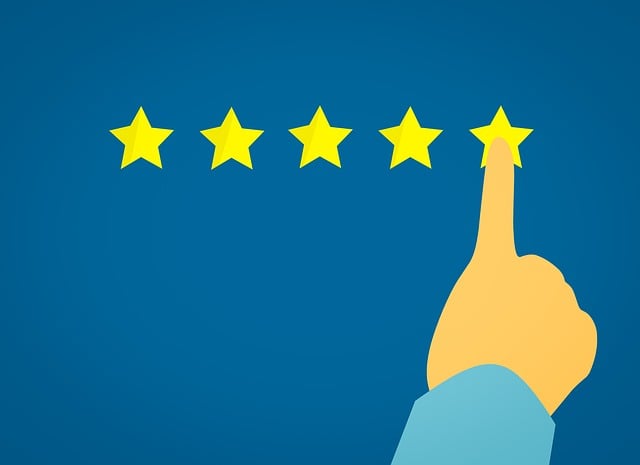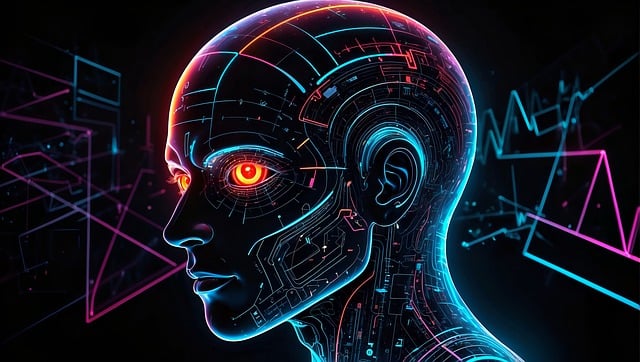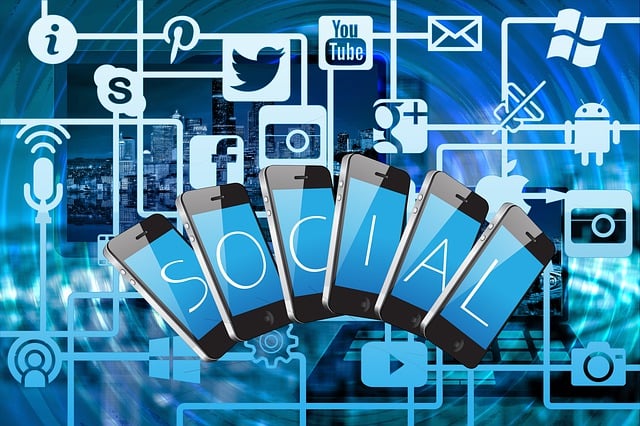Communication in healthcare is a critical pillar that affects everything from patient satisfaction to treatment outcomes. In recent years, AI-driven communication tools like ChatGPT have emerged, bringing new efficiencies and possibilities to healthcare professionals. This blog post dives deep into how ChatGPT in healthcare communication is reshaping the industry, enhancing patient experiences, streamlining workflows, and promoting better provider collaboration.
What is ChatGPT and How Does it Work?
ChatGPT, developed by OpenAI, is an advanced natural language processing (NLP) model that understands and generates human-like text. It can converse, answer questions, assist with documentation, and even support decision-making processes. In healthcare, ChatGPT is being adapted to meet specific needs, from patient communication to internal coordination between healthcare teams.
Applications of ChatGPT in Healthcare Communication
ChatGPT is increasingly being integrated into healthcare systems to simplify communication, enhance efficiency, and provide better support to both patients and healthcare professionals.
Below are some of the key areas where ChatGPT is making a significant impact.
1. Enhancing Patient Engagement
Patient engagement is crucial for achieving better health outcomes and building lasting trust between patients and healthcare providers. However, patients often feel overwhelmed with medical information, leaving them with unanswered questions about diagnoses, treatments, or medications. This gap in communication can negatively affect their satisfaction and adherence to care plans.
ChatGPT-powered chatbots offer a powerful solution by providing immediate, accurate, and easy-to-understand responses. These AI-driven assistants can handle a wide range of patient inquiries, from explaining complex medical terms to offering basic health advice, helping patients feel more informed and confident in their care journey.
One of the standout advantages of using ChatGPT in healthcare communication is its 24/7 availability. Patients no longer have to wait for business hours to get the support they need. By delivering consistent and accessible communication around the clock, ChatGPT significantly improves the overall patient experience and fosters stronger, more engaged healthcare relationships.
2. Streamlining Administrative Tasks
Healthcare providers often face overwhelming administrative burdens that can detract from the time spent with patients. Tasks such as documentation, appointment scheduling, and responding to routine inquiries consume valuable hours each day, leading to increased stress and operational inefficiencies within clinics and hospitals.
Integrating ChatGPT into healthcare communication systems offers a powerful solution to these challenges. ChatGPT can automate various administrative tasks, including sending appointment reminders, managing patient intake forms, and handling basic post-visit follow-ups. This level of automation reduces the workload for healthcare staff while ensuring that patients receive timely updates and assistance.
By streamlining administrative processes, ChatGPT allows clinicians to dedicate more energy and attention to patient care. Less time spent on paperwork means more meaningful interactions with patients, better clinical outcomes, and a noticeable improvement in overall workflow efficiency within healthcare organizations.
3. Assisting Clinical Documentation
Proper documentation is a critical component of effective healthcare delivery, ensuring that patient records are accurate, detailed, and easily accessible. However, the process of creating and maintaining clinical notes can be extremely time-consuming for healthcare providers. This administrative burden often contributes to physician burnout and detracts from time that could be spent on direct patient care.
ChatGPT is emerging as a valuable tool to assist with clinical documentation. By listening to physician dictations, it can draft preliminary clinical notes, organize patient visit summaries, and even suggest improvements in language clarity and structure. These capabilities help maintain thorough and professional records with less manual effort.
Implementing ChatGPT in healthcare documentation workflows allows providers to reduce time spent on paperwork and focus more on patient interaction. As a result, it not only improves work-life balance for clinicians but also enhances the quality and consistency of healthcare records, leading to better patient outcomes over time.
4. Supporting Telemedicine Services
Telemedicine has rapidly become a vital component of modern healthcare, offering patients access to medical services without the need for in-person visits. However, the success of telehealth largely depends on maintaining seamless and accurate communication between patients and healthcare providers.
ChatGPT plays a crucial role in enhancing telemedicine services by facilitating patient triaging and gathering preliminary information before consultations. It can efficiently collect symptoms, medical history, and key concerns, allowing doctors to be better prepared ahead of virtual appointments. Additionally, ChatGPT can manage common FAQs, helping patients navigate telehealth platforms with ease.
By automating these initial steps, ChatGPT improves the overall efficiency and effectiveness of telemedicine interactions. Patients experience reduced wait times and smoother consultations, while healthcare providers benefit from streamlined workflows and better access to essential patient information at the start of each appointment.
5. Enhancing Provider Collaboration
Effective communication between healthcare providers is crucial for delivering high-quality patient care, but it often becomes complicated due to busy schedules, differing workflows, and the need for timely information sharing. Miscommunication or delays in information transfer can lead to inefficiencies and even compromise patient outcomes.
ChatGPT offers a valuable solution by assisting in the summarization of meeting notes, proposing care coordination plans, and flagging urgent issues that require immediate attention. By automating these processes, ChatGPT helps ensure that critical information is accurately captured and promptly shared across interdisciplinary teams.
Through improved collaboration powered by AI tools like ChatGPT, healthcare organizations can foster a more connected and efficient environment. Providers stay better informed, decision-making is accelerated, and patients ultimately benefit from a more cohesive and responsive care experience.
Benefits of Using ChatGPT in Healthcare Communication
Implementing ChatGPT in healthcare communication offers numerous advantages for both patients and providers. From improving the speed and accuracy of information exchange to reducing administrative burdens, AI-powered tools like ChatGPT are transforming the way healthcare organizations operate.
Below are some of the key benefits that highlight its growing importance in modern healthcare systems.
- Improved Accessibility: Patients can receive information anytime without waiting for a provider to be available.
- Increased Efficiency: Administrative workload is significantly reduced, freeing up resources for core healthcare services.
- Enhanced Accuracy: ChatGPT minimizes human errors in documentation and communication.
- Patient Empowerment: Patients feel more informed and in control of their healthcare journey.
- Cost Savings: Automating repetitive communication tasks reduces operational costs for healthcare organizations.
Challenges and Risks of ChatGPT in Healthcare Communication
While ChatGPT offers tremendous potential to enhance healthcare communication, its use also comes with notable challenges and risks that must be carefully managed.
From data privacy concerns to the possibility of misinformation, healthcare organizations must approach AI integration thoughtfully to ensure patient safety and maintain trust.
1. Data Privacy and Security Concerns
Healthcare data is sensitive. Without proper encryption and compliance (e.g., HIPAA regulations), there is a risk of data breaches. Developers must prioritize robust security measures when deploying ChatGPT solutions.
2. Inaccuracy and Misinformation
ChatGPT generates text based on patterns, not understanding. There’s always a risk of inaccuracies, which can be dangerous in a healthcare setting. Human oversight remains essential.
3. Ethical and Legal Considerations
Who is responsible if an AI-generated communication leads to harm? Legal frameworks around AI use in healthcare are still evolving, posing potential risks for healthcare organizations.
4. Bias in AI Models
If the AI training data includes biases, ChatGPT may inadvertently perpetuate them. Efforts must be made to ensure inclusive and representative training datasets.
Future Trends: What’s Next for ChatGPT in Healthcare Communication?
As technology rapidly evolves, ChatGPT’s role in healthcare communication is expected to expand and become even more sophisticated. From personalized patient interactions to advanced predictive analytics, the future promises exciting innovations that could further streamline operations and enhance patient care.
Let’s explore some key trends shaping the next generation of ChatGPT applications in healthcare.
1. Personalized Patient Communication
Future versions of ChatGPT are likely to be even more personalized, offering customized health advice based on individual patient histories and preferences, all while adhering to strict privacy standards.
2. Multilingual Capabilities
As healthcare becomes more globalized, ChatGPT’s ability to communicate across languages can bridge gaps between providers and diverse patient populations.
3. Integration with Electronic Health Records (EHRs)
Seamless integration with EHRs will allow ChatGPT to pull patient history, medications, and diagnostic data, delivering highly contextualized responses and documentation assistance.
4. Advanced Predictive Analytics
Beyond communication, ChatGPT could assist in predicting patient outcomes, identifying risks earlier, and proposing preventive care strategies based on communication patterns and patient-reported symptoms.
Best Practices for Implementing ChatGPT in Healthcare Settings
- Ensure HIPAA Compliance: All AI communications must protect patient data under strict regulations.
- Maintain Human Oversight: AI should support—not replace—human healthcare providers in critical decision-making processes.
- Prioritize Training and Education: Healthcare staff must understand how to interact with and oversee AI tools effectively.
- Regularly Audit AI Outputs: Implement auditing processes to review and improve ChatGPT responses over time.
- Customize for Specific Use Cases: Tailor ChatGPT models for specific departments like oncology, pediatrics, or mental health for more precise results.
Top Real-World Examples of ChatGPT in Healthcare Communication
As artificial intelligence continues to evolve, real-world applications of ChatGPT in healthcare are becoming increasingly visible. Many leading organizations are already leveraging ChatGPT to improve patient communication, streamline workflows, and deliver more efficient healthcare services.
Here are some notable examples showcasing how AI is making a tangible impact in the medical field.
1. Mayo Clinic’s AI Research
The Mayo Clinic is exploring the use of AI like ChatGPT for patient education, helping patients better understand treatment options and preparing them for surgical procedures.
2. Mental Health Chatbots
Organizations such as Woebot Health have leveraged conversational AI for mental health support, providing cognitive-behavioral therapy techniques via chatbot interfaces.
3. COVID-19 Response Chatbots
During the COVID-19 pandemic, healthcare providers deployed ChatGPT-like tools to provide rapid, accurate updates on symptoms, testing locations, and safety guidelines to millions of people worldwide.
Conclusion: The Future is Bright for AI in Healthcare Communication
ChatGPT in healthcare communication represents a seismic shift in how information is exchanged between providers and patients. While challenges remain, the benefits are too significant to ignore. By implementing best practices, ensuring privacy compliance, and maintaining human oversight, healthcare organizations can harness the power of ChatGPT to deliver better patient outcomes, reduce provider burnout, and create a more connected healthcare ecosystem.
As technology evolves, expect to see ChatGPT become an even more integral part of everyday healthcare communication, ushering in an era of smarter, faster, and more patient-centered care.
